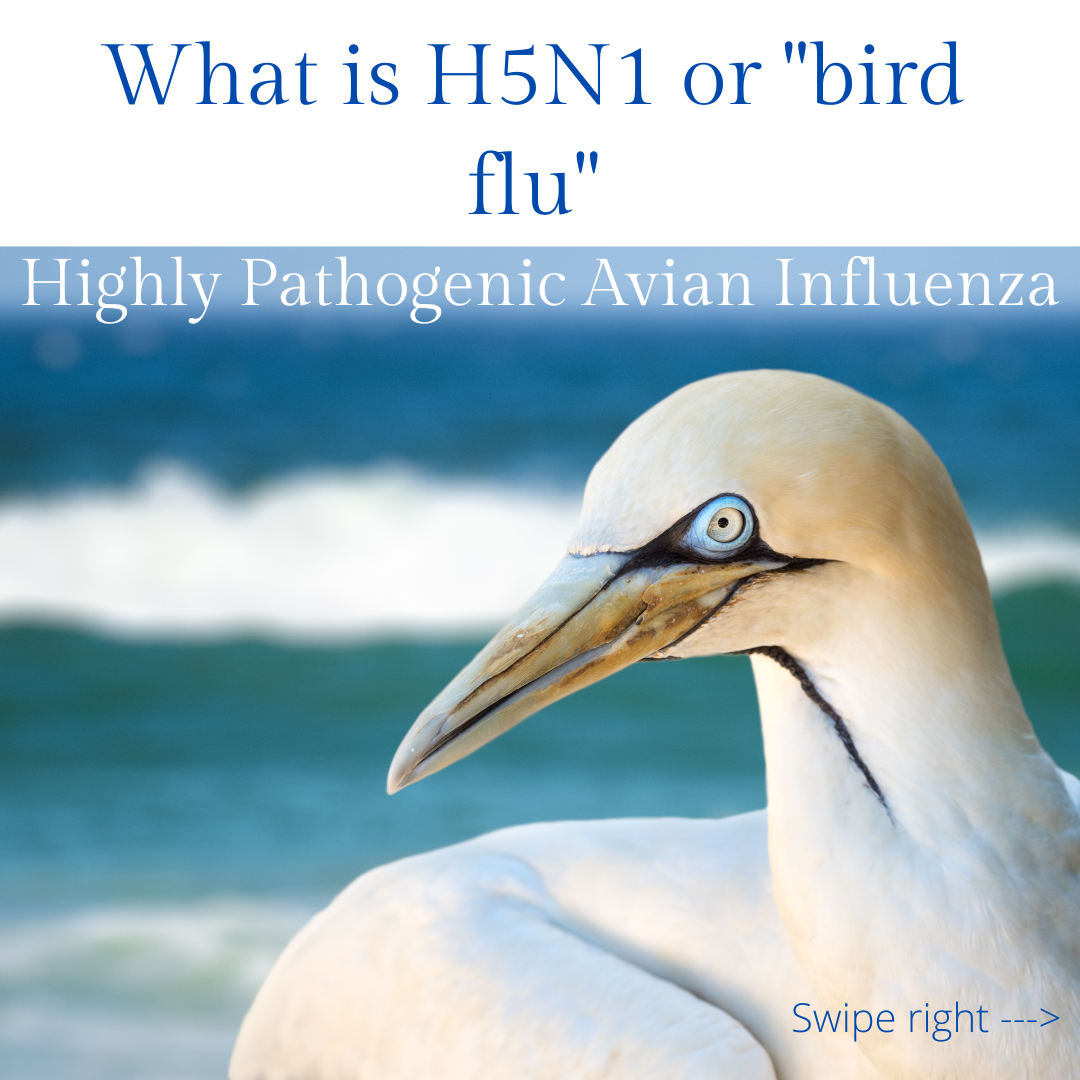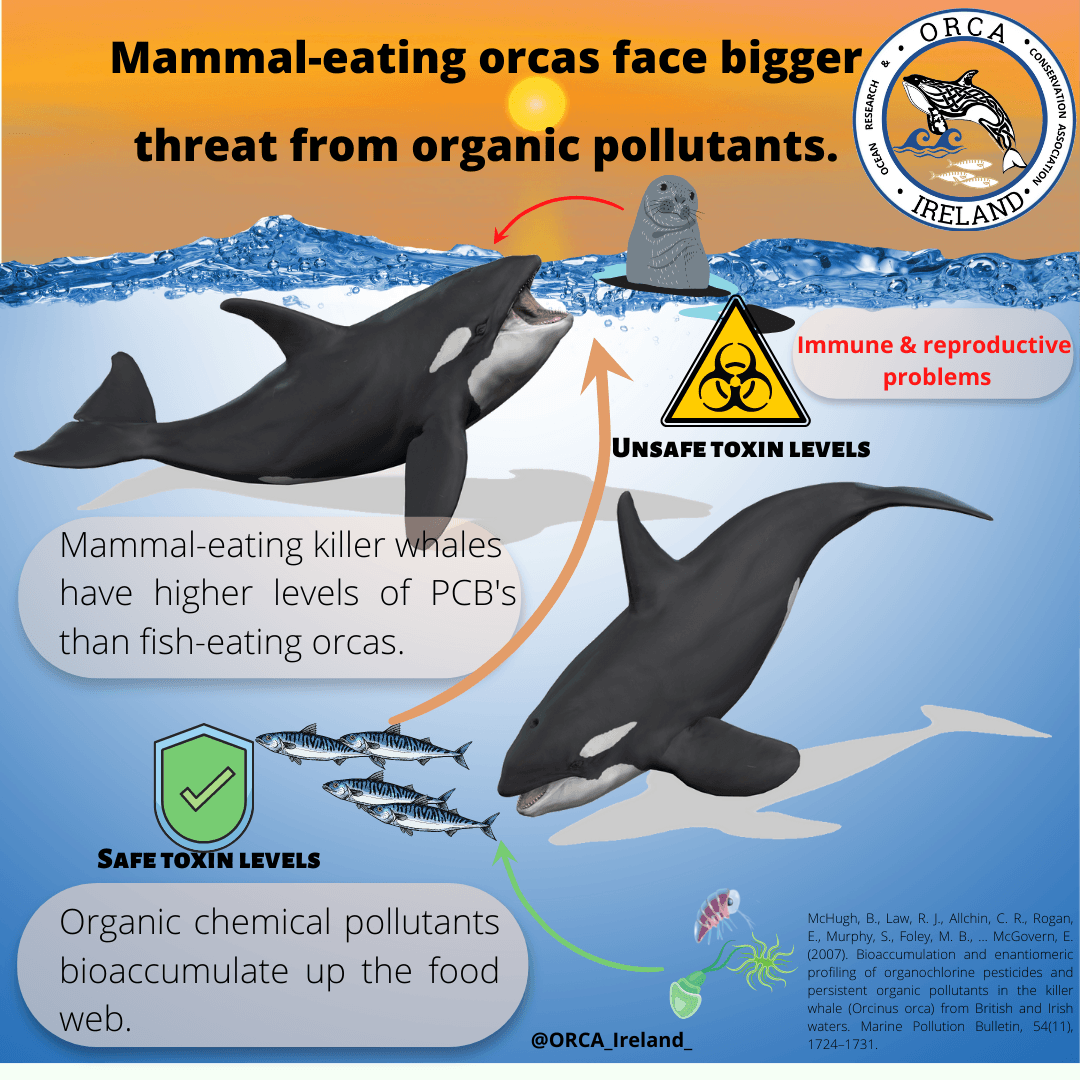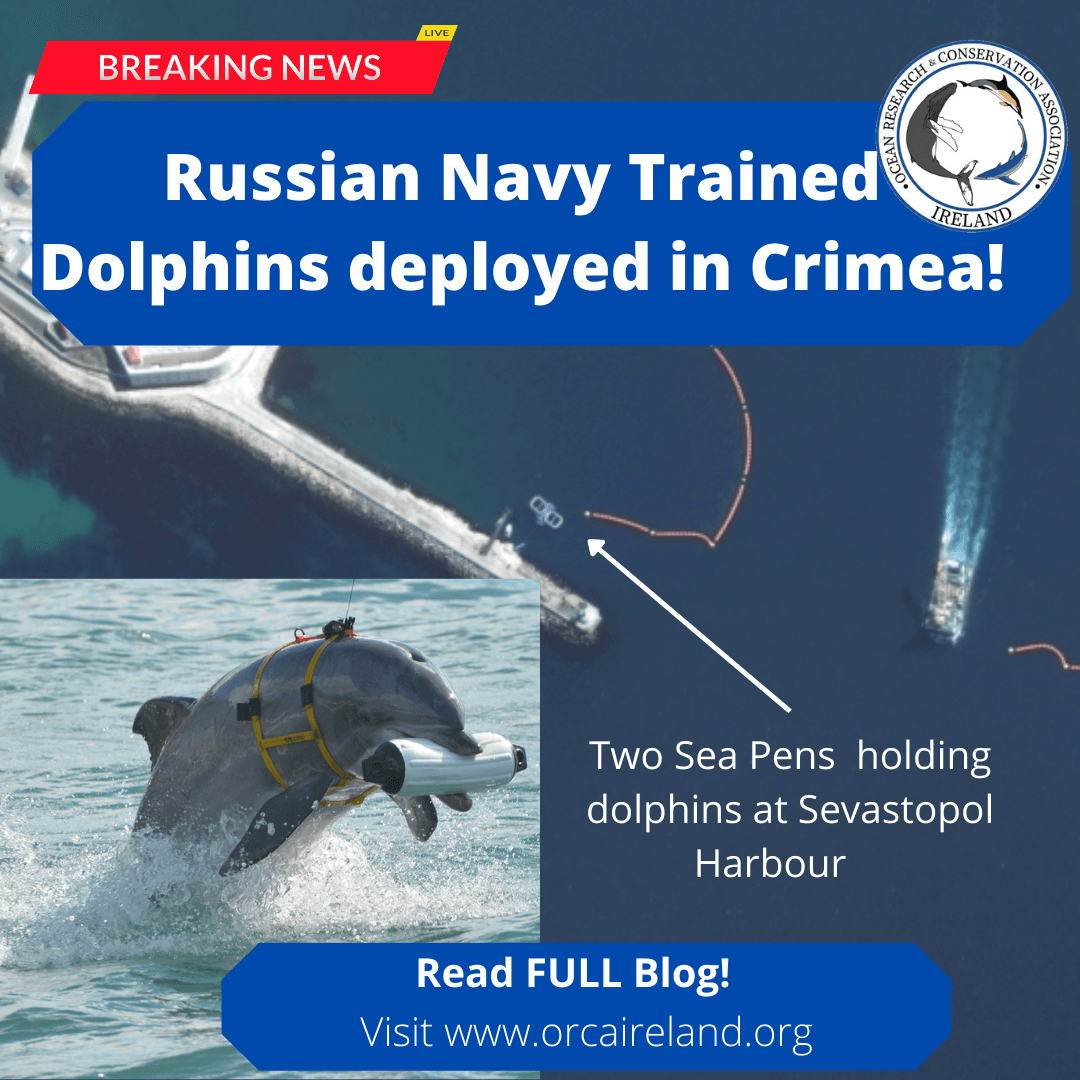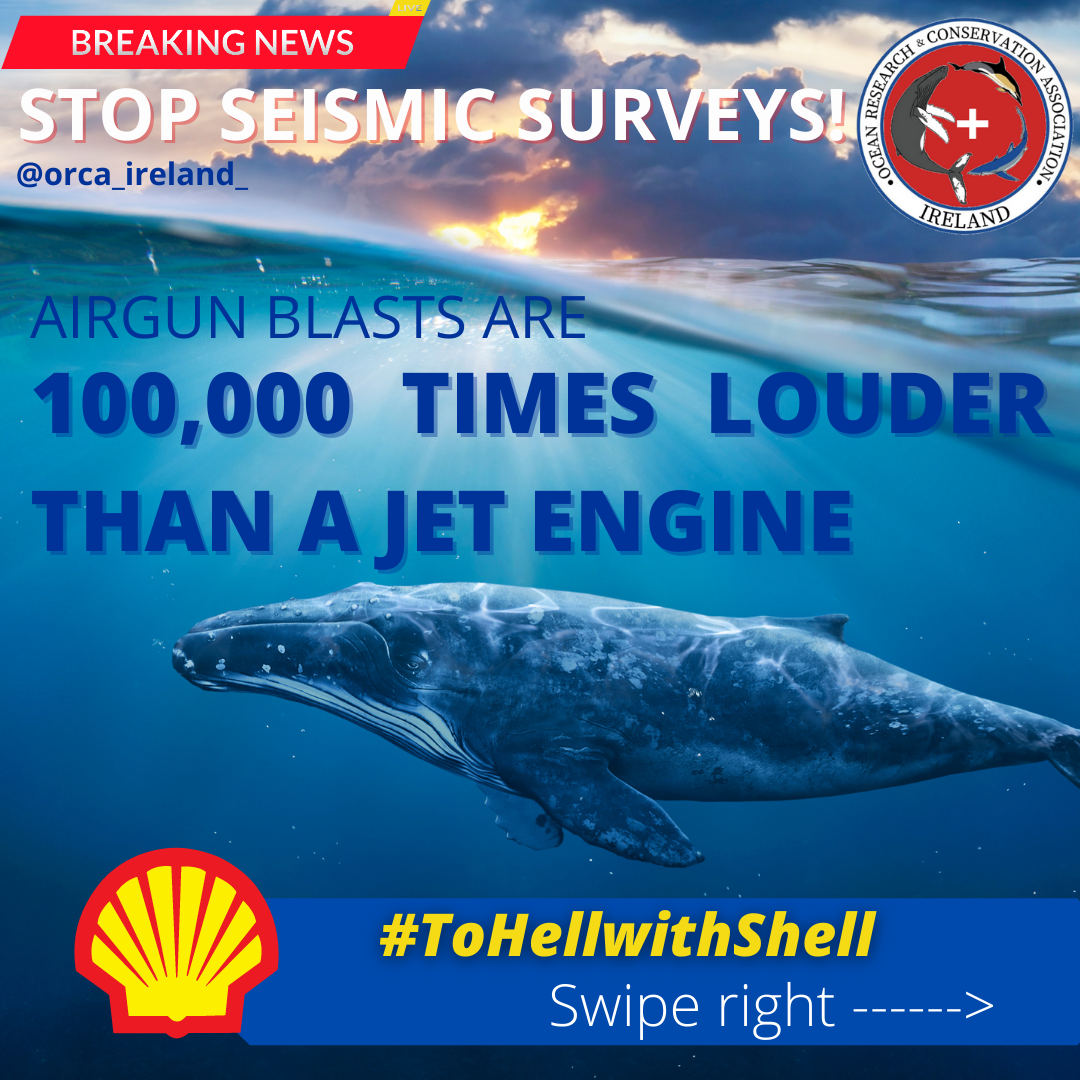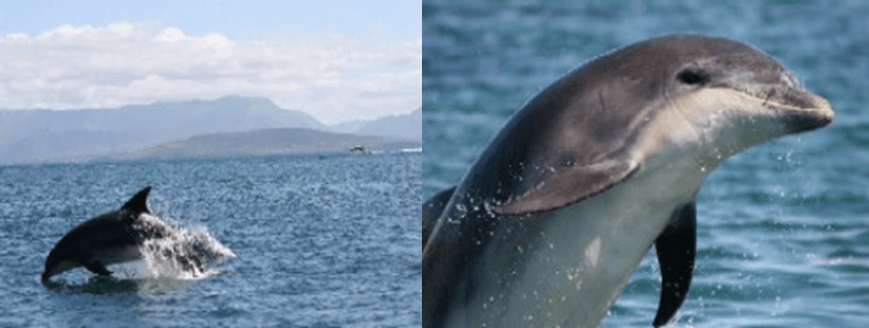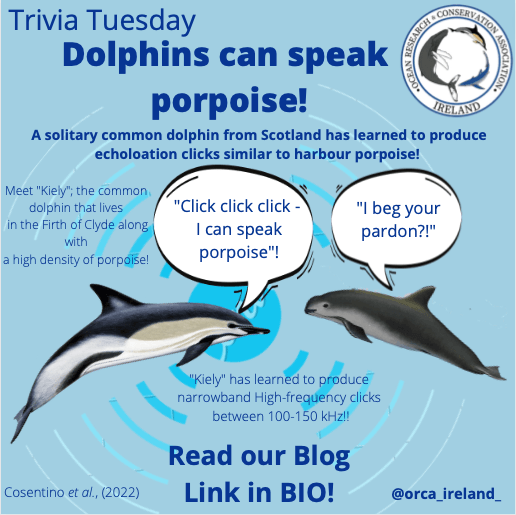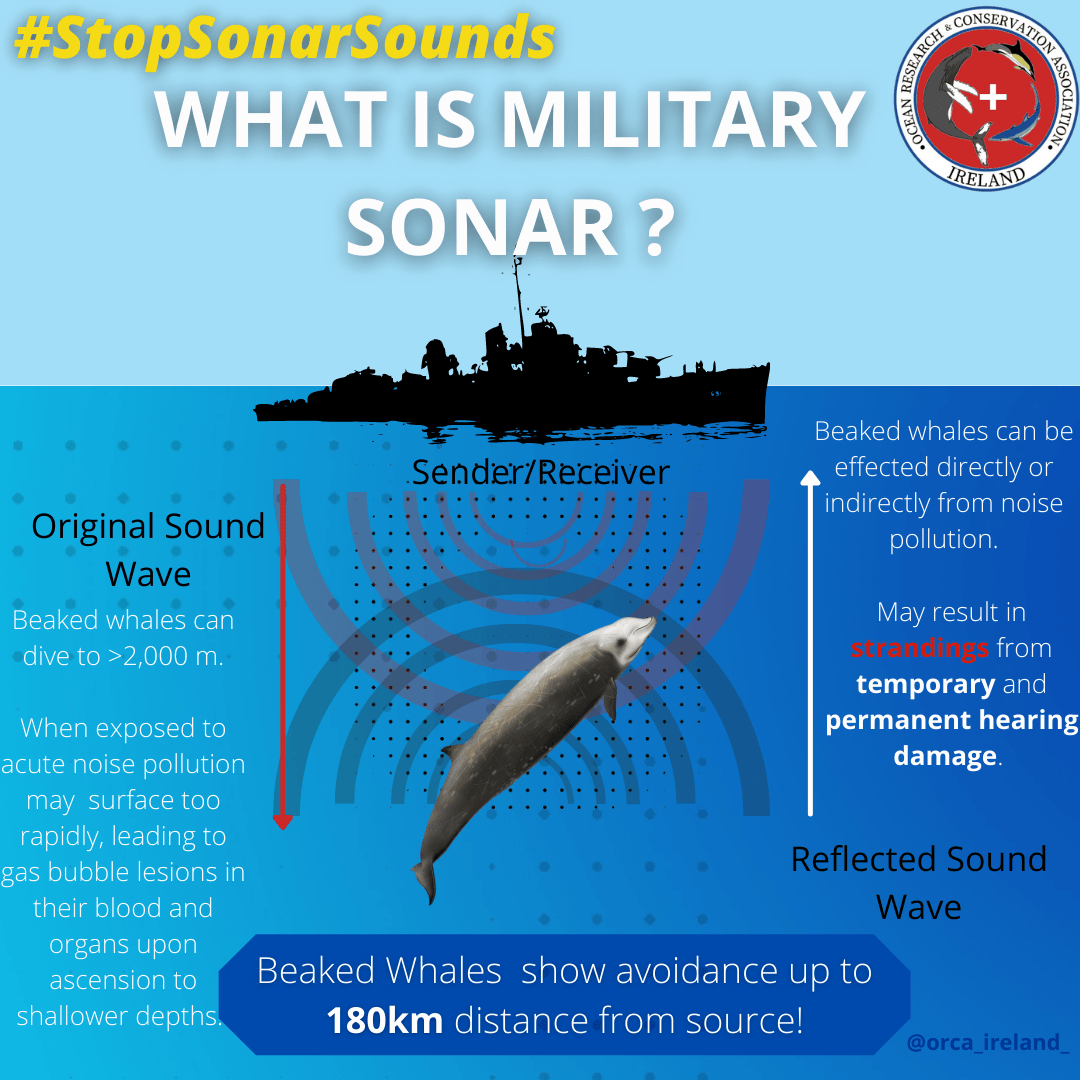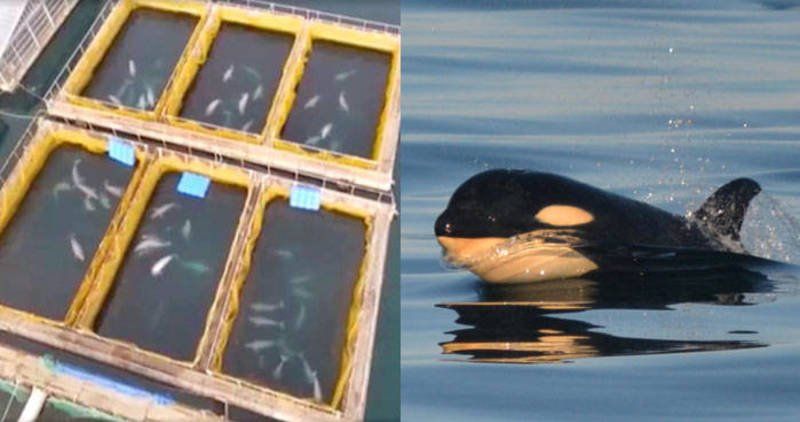Can Drones be Used to Measure Dolphins?
Conservation biology is entering a new and exciting era with the rapid advancement of technologies such as UAV’s (Unmanned Air Vehicles) or drones. The rapid advancement of battery technology, and wireless communication have played a vital role in driving new and innovative technologies.
Drones are low cost, light weight aircraft systems that can be operated from the ground and can take photos or record videos (Anderson and Gatson, 2013). Drones have given scientists eyes in the skies and they have been used to study cetaceans such as Killer whales ( Orcinus orca) , Blue whales (Balaenoptera musculus ), Fin whales (Balaenoptera physalus) , and even other marine species such as turtles, penguins, and dugongs (Durban et al . 2015; Durban et al . 2016; Ratnaswamy and Winn 1993; Bevan et al . 2015; Goebel et al . 2015; Hodgson et al . 2013).
Determining the length of individuals can be useful as it can determine maturity, which influences reproductive success (Martin and Rothery, 1993,Murphy et al. 2005). However, it can difficult to obtain age estimated from marine mammals. Some techniques that have been developed include a method called “ Photogrammetry ”. Photogrammetry is described as a non-invasive method for measuring individuals in both the marine and terrestrial environments but has become increasingly popular in studying marine mammals, as they do not need to be captured (Webster et al . 2010). There are two different methods of photogrammetry: stereo photogrammetry or single camera photogrammetry. Stereo photogrammetry involves using a pair of overlapping images that creates a 3D model, from which scale is derived from the known distance between the camera and lens magnification (Webster et al . 2010). Single camera photogrammetry requires a known object in the image for scale or a measurement of the range to the individual (Webster et al. 2010). Photogrammetry has been successful to determine lengths of cetaceans including studies on Sperm whales ( Physeter macrocephalus ), Killer whales, Blue whales, Fin whales, and Hector’s dolphins ( Cephalorhynchus hectori ) (Jaquet, 2006,Durban et al . 2015, Durban et al . 2016, Ratnaswamy and Winn 1993,Webster et al . 2010).
In July 2019, flights were conducted using the DJI Phantom 4 Pro Drone off Kilcredaun Battery and on the Shannon Estuary in County Clare as part of my master’s thesis to test the feasibility of using photogrammetry to measure the resident population of Bottlenose Dolphins in the estuary. Flights were carried out from land and from a RHIB.. which on the West Coast of Ireland proved to be somewhat difficult! Photographs in which the dolphin was straight (i.e. the body axis of the animal was not tilted), and the most elongated photos of the animals surfacing were chosen (following Fearnbach et al . 2011). The software ImageJ which is free to download was used to measure the distance (in pixels) between the tip of the beak to the median notch in the flukes and measurements were converted to true measurements following methodology demonstrated by Fearnbach et al . (2011).
Lengths of the Shannon dolphins were compared to lengths of dolphins that stranded outside the estuary. Stranding information was provided by University College Cork, Ireland (UCC) and Irish Naturalists’ Journal from 1993 to 2017 . Bottlenose dolphins that were recorded as stranded within the Shannon estuary were considered to belong to the Shannon population.
Interestingly, the results from this study showed that the stranded and measured Shannon dolphins were smaller in size than the stranded non-Shannon dolphins. It is thought that body size of bottlenose dolphins is linked to water temperature (Leatherwood and Reeves, 1982). It is suggested that there is a larger “cold water” or offshore form and a smaller ”warm water” or inshore form in populations of bottenose dolphins around the globe (Stolen et al . 2002). There are three genetically distinct populations of bottlenose dolphins in Irish waters: the inshore population including the Shannon dolphins, a coastal population ranging along the coast of Galway and Mayo that exhibit site fidelity (Ingram et al . 2009), and a more pelagic population with genetic variability (Mirimin et al. (2011). This difference in body size could also be related to diet. Research carried out on bottlenose dolphin teeth found that coastal forms fed mainly on fish and offshore individuals mainly consumed more squid in the North Atlantic (Walker et al . 1999). The Dolphins in the estuary have been observed feeding on Atlantic Salmon ( Salmo salar ) and Garfish ( Belone belone ), and a study on trophic ecology on bottlenose dolphins in Irish waters revealed dolphins with pelagic squid in their stomachs. It has been suggested that these dolphins are related to a more pelagic population (Ingram, 2000; Hernandez-Milian et al . 2015).
Drones are becoming an important tool in science and will be crucial in scientific studies in the future. Photogrammetry, along with photographic identification and post mortems of individual bottlenose dolphins in the Shannon could provide health status on the dolphins and examine individual growth over time.
References:
Anderson, K. and Gaston, K.J., 2013. Lightweight unmanned aerial vehicles will revolutionize spatial ecology. Frontiers in Ecology and the Environment , 11 (3), pp.138-146.
Bevan, E., Wibbels, T., Najera, B.M., Martinez, M.A., Martinez, L.A., Martinez, F.I., Cuevas, J.M., Anderson, T., Bonka, A., Hernandez, M.H. and Pena, L.J., 2015. Unmanned aerial vehicles (UAVs) for monitoring sea turtles in near-shore waters. Marine Turtle Newsletter , 145 (1), pp.19-22.
Durban, J.W., Moore, M.J., Chiang, G., Hickmott, L.S., Bocconcelli, A., Howes, G., Bahamonde, P.A., Perryman, W.L. and LeRoi, D.J., 2016. Photogrammetry of blue whales with an unmanned hexacopter. Marine Mammal Science , 2 (4), pp.1510–1515
Durban, J.W., Fearnbach, H., Barrett-Lennard, L.G., Perryman, W.L. and Leroi, D.J., 2015. Photogrammetry of killer whales using a small hexacopter launched at sea. Journal of Unmanned Vehicle Systems, 3 (3), pp.131-135.
Fearnbach, H., Durban, J.W., Ellifrit, D.K. and Balcomb III, K.C., 2011. Size and long-term growth trends of endangered fish-eating killer whales. Endangered Species Research , 13 (3), pp.173-180.
Goebel, M.E., Perryman, W.L., Hinke, J.T., Krause, D.J., Hann, N.A., Gardner, S. and LeRoi, D.J., 2015. A small unmanned aerial system for estimating abundance and size of Antarctic predators. Polar Biology , 38 (5), pp.619-630.
Hernandez-Milian, G., Berrow, S., Santos, M.B., Reid, D. and Rogan, E., 2015. Insights into the Trophic Ecology of Bottlenose Dolphins ( Tursiops truncatus ) in Irish Waters. Aquatic Mammals , 41 (2), pp.226-239.
Hodgson, A., Kelly, N. and Peel, D., 2013. Unmanned aerial vehicles (UAVs) for surveying marine fauna: a dugong case study. PloS one , 8 (11), p.e79556.
Ingram, S., Kavanagh, A., Englund, A. and Rogan, E., 2009. Site assessment of the waters of northwest Connemara. A survey of bottlenose dolphins ( Tursiops truncatus ). Report for the National Parks and Wildlife Service of Ireland, pp.1-34.
Ingram, S. (2000). The ecology and conservation of bottle-nose dolphins in the Shannon Estuary, Ireland (Doctoral dissertation). University College Cork , Cork, Ireland.
Jaquet, N., 2006. A simple photogrammetric technique to measure sperm whales at sea. Marine Mammal Science, 22 (4), pp.862-879.
Leatherwood, S. and Reeves, R.R. 1983. The Sierra Club handbook of wales and dolphins. Sierra Club Books, San Fransisco.
Martin, A.R. and Rothery, P., 1993. Reproductive parameters of female long-finned pilot whales ( Globicephala melas ) around the Faroe Islands. Reports of the International Whaling Commission (Special Issue), 14 , pp.263-304.
Mirimin, L., Miller, R., Dillane, E., Berrow, S.D., Ingram, S., Cross, T.F. and Rogan, E., 2011. Fine‐scale population genetic structuring of bottlenose dolphins in Irish coastal waters. Animal Conservation , 14 (4), pp.342-353.
Murphy, S., Collet, A. and Rogan, E., 2005. Mating strategy in the male common dolphin ( Delphinus delphis ): what gonadal analysis tells us. Journal of Mammalogy , 86 (6), pp.1247- 1258.
Ratnaswamy, M.J. and Winn, H.E., 1993. Photogrammetric estimates of allometry and calf production in fin whales, Balaenoptera physalus . Journal of Mammalogy , 74 (2), pp.323-330
Stolen, M.K., Odell, D.K. and Barros, N.B., 2002. Growth of bottlenose dolphins ( Tursiops truncatus ) from the Indian River Lagoon system, Florida, USA. Marine Mammal Science , 18 (2), pp.348-357.
Webster, T., Dawson, S. and Slooten, E., 2010. A simple laser photogrammetry technique for measuring Hector's dolphins ( Cephalorhynchus hectori ) in the field. Marine Mammal Science , 26 (2), pp.296-308.
SHARE THIS ARTICLE
